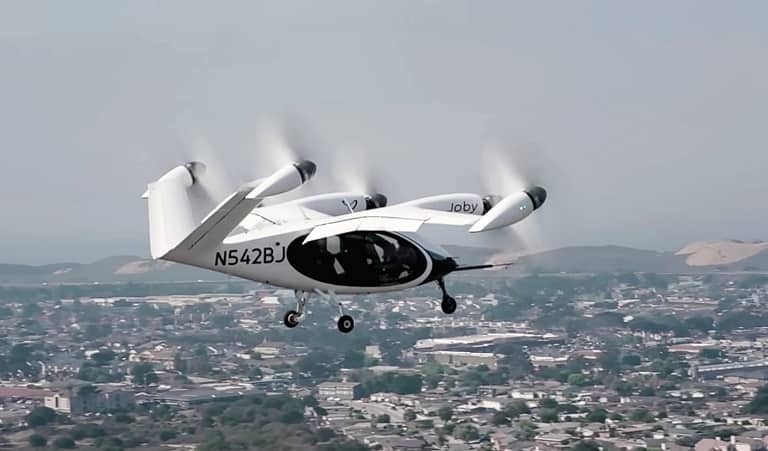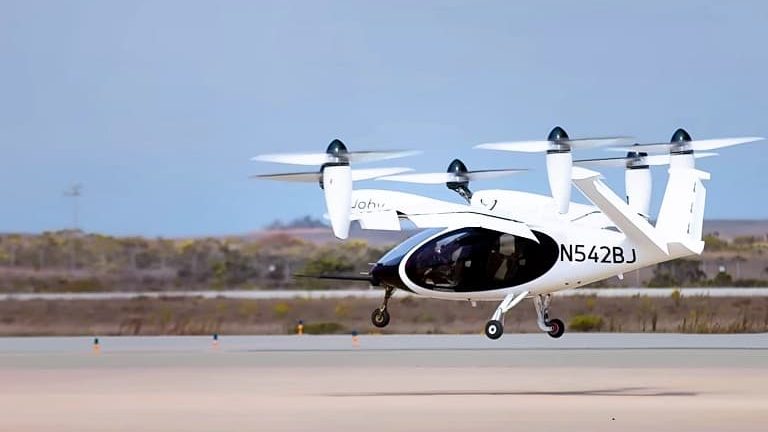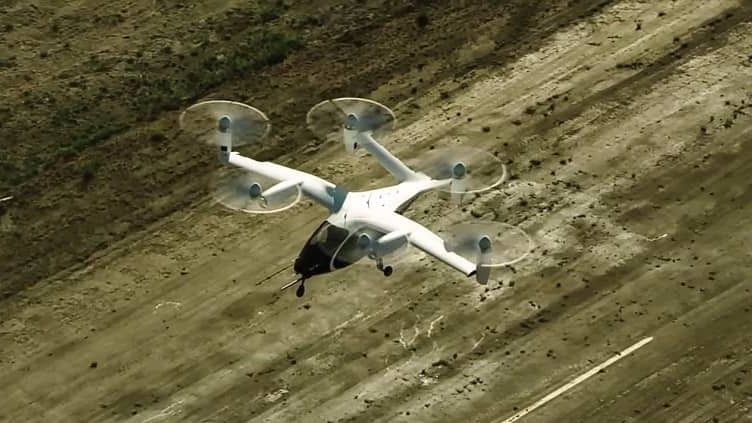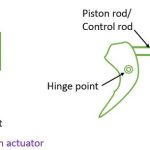In recent years, the concept of air taxis has captured the imagination of both technology enthusiasts and urban planners alike. These futuristic vehicles promise to revolutionize the way we commute, offering a swift and efficient alternative to traditional ground transportation. With advancements in electric propulsion, autonomous technology, and infrastructure development, air taxis are poised to transform urban mobility, reducing congestion and unlocking new possibilities for transportation in the cities of the future.
The Rise of Urban Air Mobility

The concept of urban air mobility (UAM) revolves around using small electric aircraft, commonly known as air taxis or flying cars, to transport passengers within urban areas. As cities face mounting challenges in terms of traffic congestion, pollution, and limited ground infrastructure, air taxis present an exciting opportunity to alleviate these issues and provide efficient, on-demand transportation.
Electric Propulsion: The Green Revolution in the Skies

Air taxis are typically powered by electric propulsion systems, reducing greenhouse gas emissions and noise pollution compared to traditional combustion engines. This clean energy approach aligns with global efforts to combat climate change and achieve sustainable transportation solutions.
Autonomous Technology: Unlocking Efficiency and Safety
Advancements in autonomous technology are crucial for the success of air taxis. By integrating sophisticated sensors, machine learning algorithms, and robust navigation systems, these vehicles can operate with minimal human intervention, ensuring safe and efficient flights. Autonomous capabilities also offer the potential for reduced costs and increased accessibility for passengers.
Infrastructure Development: Skyports and Integration
To support the widespread adoption of air taxis, a comprehensive infrastructure network is essential. This includes the development of dedicated landing and takeoff zones called “skyports,” equipped with charging stations, maintenance facilities, and passenger terminals. Integrating air taxis into existing transportation systems will require careful urban planning, collaboration with local authorities, and public-private partnerships.
Transforming Urban Mobility and Reducing Congestion
Air taxis have the potential to significantly reduce congestion in urban areas by taking advantage of three-dimensional airspace. By bypassing ground-level obstacles, air taxis can transport passengers quickly and directly to their destinations, avoiding traffic jams and minimizing travel times. This enhanced mobility can revolutionize urban living and improve productivity.
The Potential for Aerial Connectivity and Expanded Reach
Air taxis can bridge the gap between urban centers and suburban areas, enabling faster and more convenient travel for residents outside city limits. Moreover, air taxis could enhance connectivity between regions, reducing travel times and boosting economic growth by linking previously isolated communities.
Overcoming Challenges: Regulations and Public Acceptance
The successful integration of air taxis into urban environments relies on addressing regulatory challenges and ensuring public acceptance. Safety standards, air traffic management systems, and certification processes must be established to guarantee the secure operation of air taxi services. Moreover, public education and awareness campaigns are necessary to build trust and familiarity with this emerging technology.
The Path to Commercialization and Mainstream Adoption

Several companies and initiatives are at the forefront of developing air taxi technology, with the aim of commercializing and achieving mainstream adoption in the near future. Companies such as Uber, Volocopter, Joby Aviation, Lilium, and EHang have made significant progress in designing and testing their air taxi prototypes.
These companies are actively working on refining the design and performance of their aircraft, conducting rigorous testing and certification processes, and collaborating with regulatory bodies to ensure compliance with safety standards. The ultimate goal is to create a robust and reliable air taxi system that can seamlessly integrate into existing transportation networks.
Partnerships between air taxi manufacturers, infrastructure developers, and ride-hailing platforms are also forming to accelerate the commercialization process. For example, Uber’s Elevate initiative aims to launch a network of aerial ridesharing services using electric vertical takeoff and landing (eVTOL) aircraft. They have been actively engaging with cities and aviation authorities to establish the necessary infrastructure and regulatory frameworks.
Additionally, governments and local authorities are recognizing the potential of air taxis and actively supporting their development. Regulatory sandboxes and pilot programs have been established to allow testing in real-world environments while ensuring safety and compliance. By fostering collaboration between industry players and regulators, governments are paving the way for the widespread adoption of air taxis.
As the technology matures and gains public acceptance, air taxi services are expected to begin operation in select cities as early as the next decade. Initially, these services may be limited to specific routes or use cases, such as airport transfers or connecting transportation hubs. However, as the infrastructure and technology evolve, the scope of air taxi operations is likely to expand, covering more routes and serving a broader range of passengers.
The success of air taxis will depend on various factors, including affordability, reliability, and the ability to seamlessly integrate with existing transportation modes. To achieve widespread adoption, it will be crucial to address concerns such as noise levels, privacy, and environmental impact.
Despite the challenges, the potential benefits of air taxis are immense. They offer a solution to the growing urban congestion crisis, reduce travel times, and provide an environmentally friendly alternative to traditional transportation. Moreover, air taxis have the potential to reshape cities and enhance accessibility for both urban and rural communities.
conclusion
Air taxis represent a promising future for urban transportation. With advancements in electric propulsion, autonomous technology, and infrastructure development, these vehicles are poised to transform the way we commute, offering a faster, more efficient, and environmentally friendly mode of transportation. While there are challenges to overcome, the ongoing efforts of companies, governments, and regulators are driving the path to commercialization and mainstream adoption of air taxis, ushering in a new era of urban mobility.


